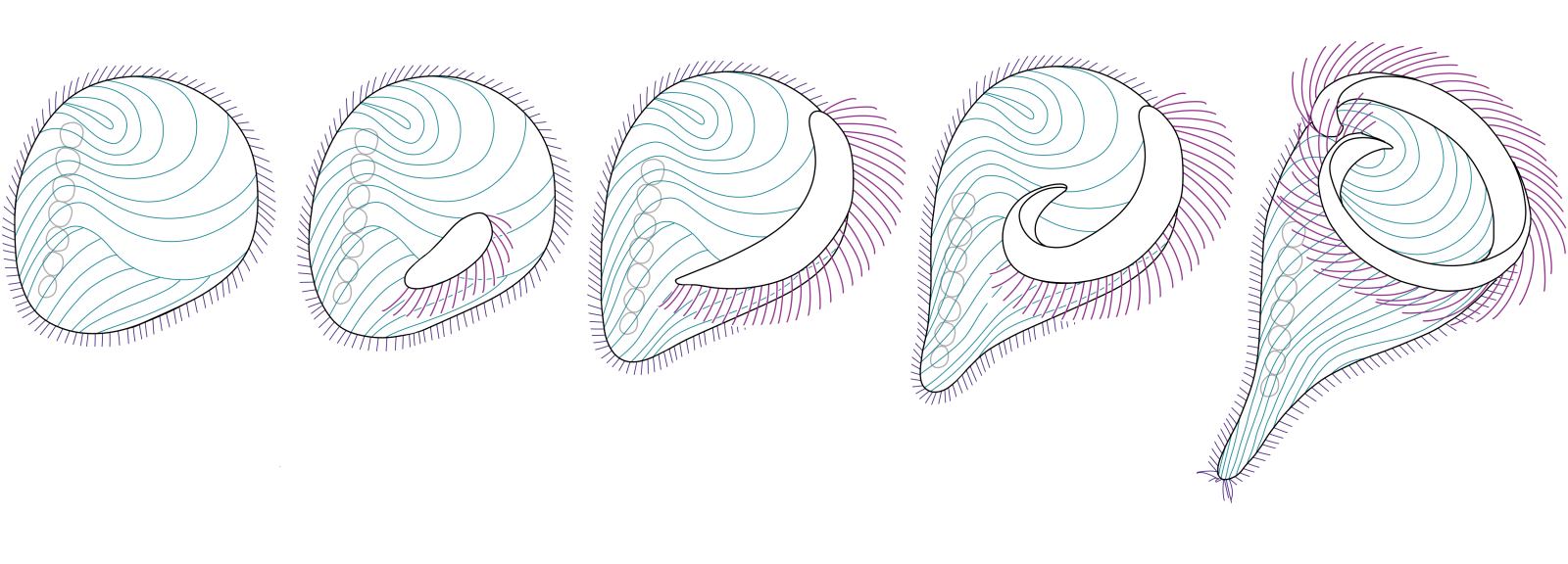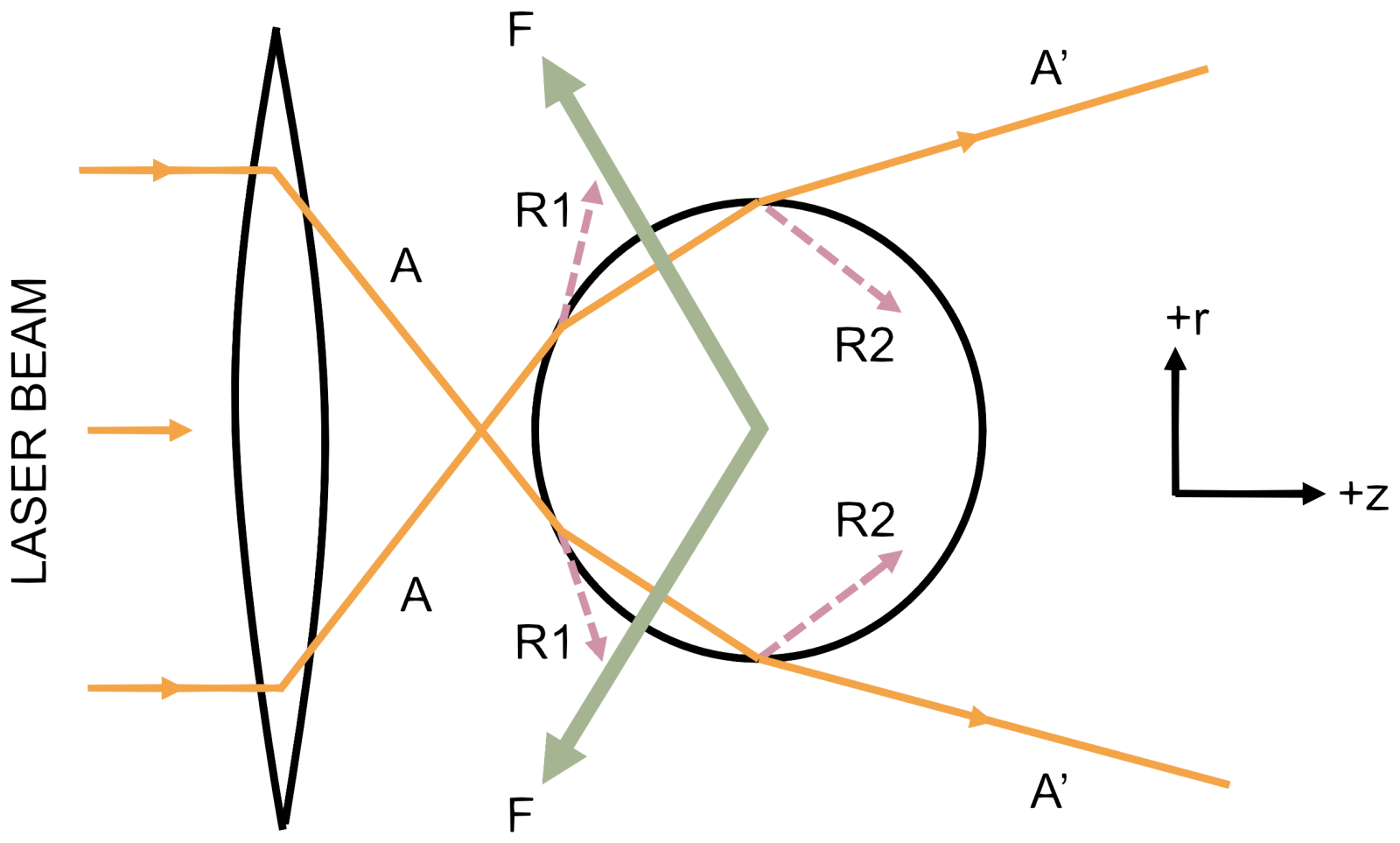Gabi Seifert
she/her
Physics PhD student at the University of Colorado Boulder specializing in atomic, molecular, and optical physics.
Physics PhD student at the University of Colorado Boulder specializing in atomic, molecular, and optical physics.

Hello everybody, I’m Gabi, and welcome to my website! I’m a scientist/artist/programmer from St. Paul, Minnesota, and currently a physics PhD student at the University of Colorado Boulder.
In 2023 I graduated from Scripps College in Claremont, California, where I majored in physics, minored in German, and took a variety of classes not related to either of those fields. I'm an aspiring laser cowboy, and my top interests are Enron (a failed energy company credited by Wikipedia as "the largest bankruptcy due specifically to fraud of all time"), amateur website building, Marcel Proust's In Search of Lost Time as well as other possibly-overdue library books, and artistic pursuits (general).
Look I made it from scratch. I honestly can't believe that people are still surprised by it at this point. What other kind of website could I even possibly have?

Although I’m interested in a whole bunch of applications of physics, my physics research so far has focused on mathematical analysis of biological systems. In 2020 I started working with Dr. Janet Sheung at Scripps College on understanding iridescence in groups of bacteria or chameleons, produced by grids of cells creating structural color. I LOVED working with light, but didn’t get back to the field until 2022.

Next I continued working with Dr. Sheung on analysis of motility patterns of single-celled organism Stentor coeruleus during regeneration of the oral apparatus.
Dr. Sheung’s research group was trying to track regeneration by analyzing motility rather than morphology.
I did background research on regulation of genes during cell regeneration, worked on the Python code used for cell tracking, and edited the journal paper, which was published in the Journal of Visualized Experiments. I also made ✨Stentor illustrations✨ for the paper.

Basically, we were chopping off the head of this single-celled organism and then instead of just watching what it physically looks like, we tracked how it was moving around its space to see if it was fully regenerated or not.
After the Stentor project, I moved over to the computational side of physics. Starting in 2021, I began an independent project with guidance from Dr. Sarah Marzen at Scripps College.
Starting with a differential equation, I adapted the equation to fit a model of E. coli predicting the chemical concentration of allolactose in its environment. I solved the differential equation in Python for a single input function, used the Euler approximation to solve it for a vector of functions, used regression analysis to predict all functions, and finally applied the virtual E. coli system to video prediction.

Basically, E. coli networks are pretty good at predicting chemical concentrations in their environment in real life, so I modeled that in Python and tried to get my model network to predict video–it worked ok!!
A paper describing these results was published in Biosystems in January 2024!
Finally, after my forays into biophysics I was ready to return home to my beloved optics.

I then predicted the force exerted on trapped beads by following the path of all possible rays from a diverging beam incident on a spherical bead in an optical trap. I then summed up all force contributions from input reflection, input refraction, first output reflection, and first output refraction for each ray. This ray analysis in combination with the measured power level of the optical tweezers predicted a net force on the scale of 10^(-13) N exerted on the bead–which matched the measured force!!
For my senior thesis project at Scripps, I built an optical tweezers setup for Dr. Sheung’s lab (it broke a million times but it worked in the end!)
I joined the Kapteyn-Murnane Group at the University of Colorado Boulder in May 2024, so stay tuned for physics updates there. So far, I've taken FROG traces to characterize a pulse for an OPA setup, tested the stability of optical mounts, and built a microscope.
Over the next few weeks I'll be moving over to my permanent domain name, https://gabiseifert.com. I'll also be switching to hosting on Github Pages instead of my beloved Neocities, but this page will stay up.


Artist:
Artist
Album:
Album
00:00
Duration
music player code based on odditycommoddity's excellent music player. thank you!
















